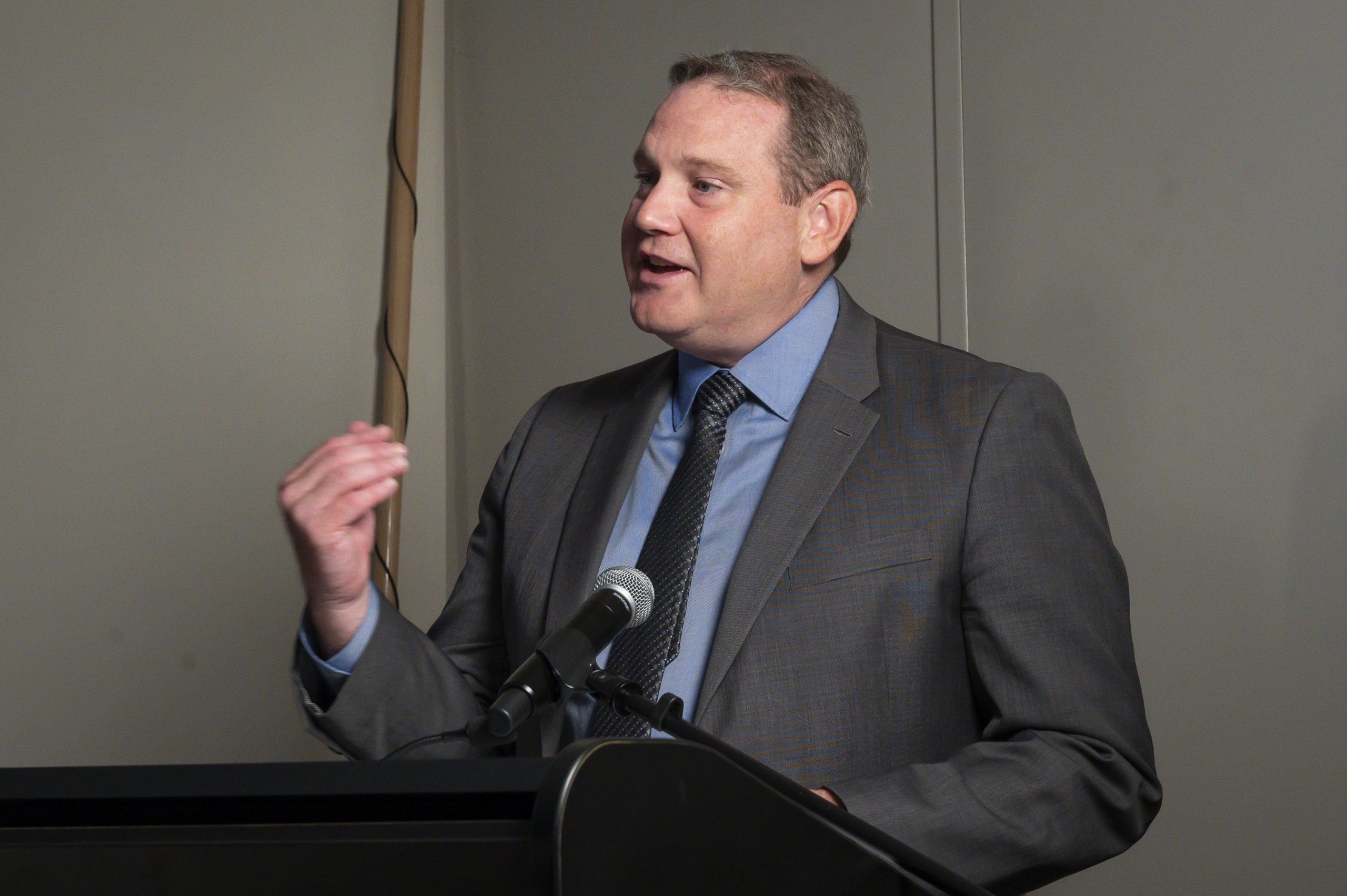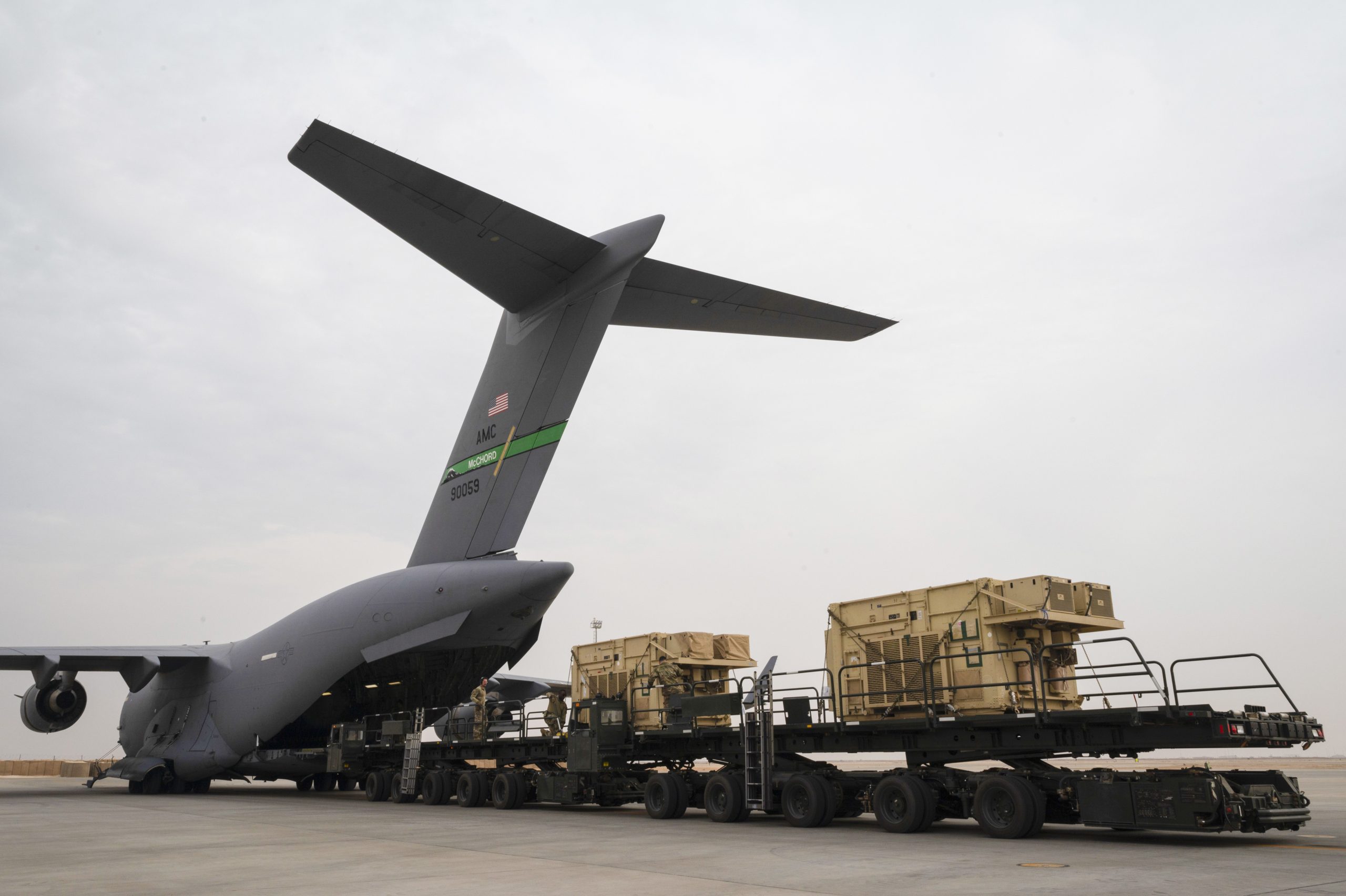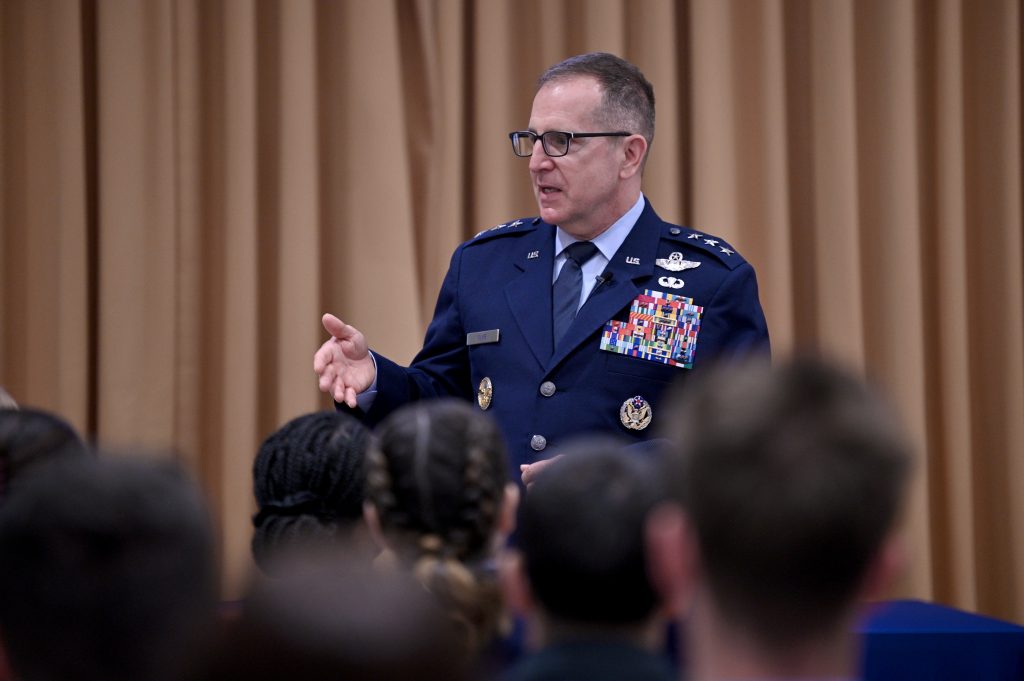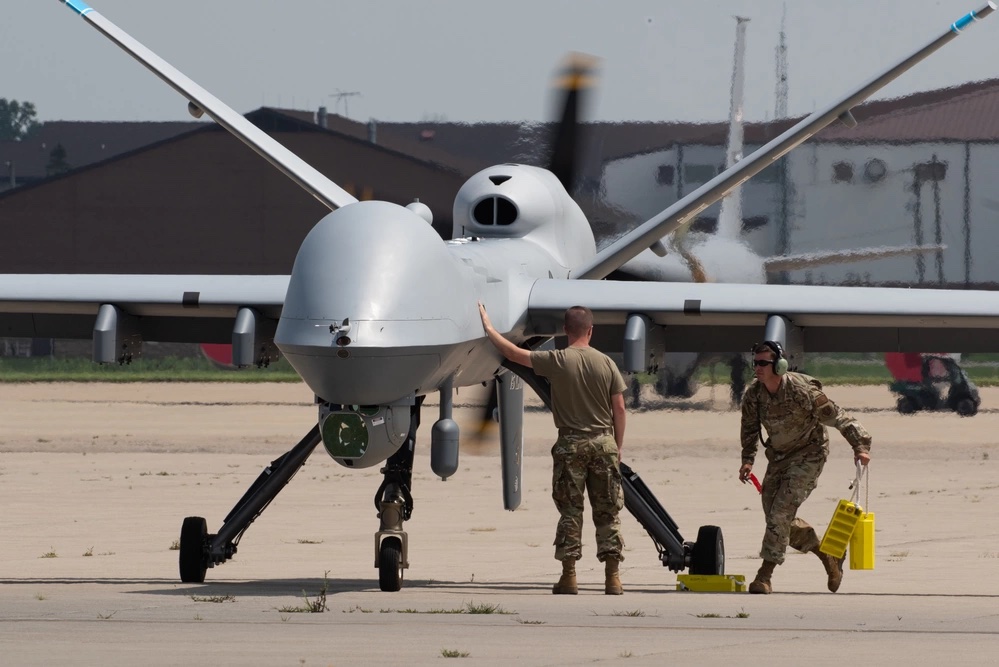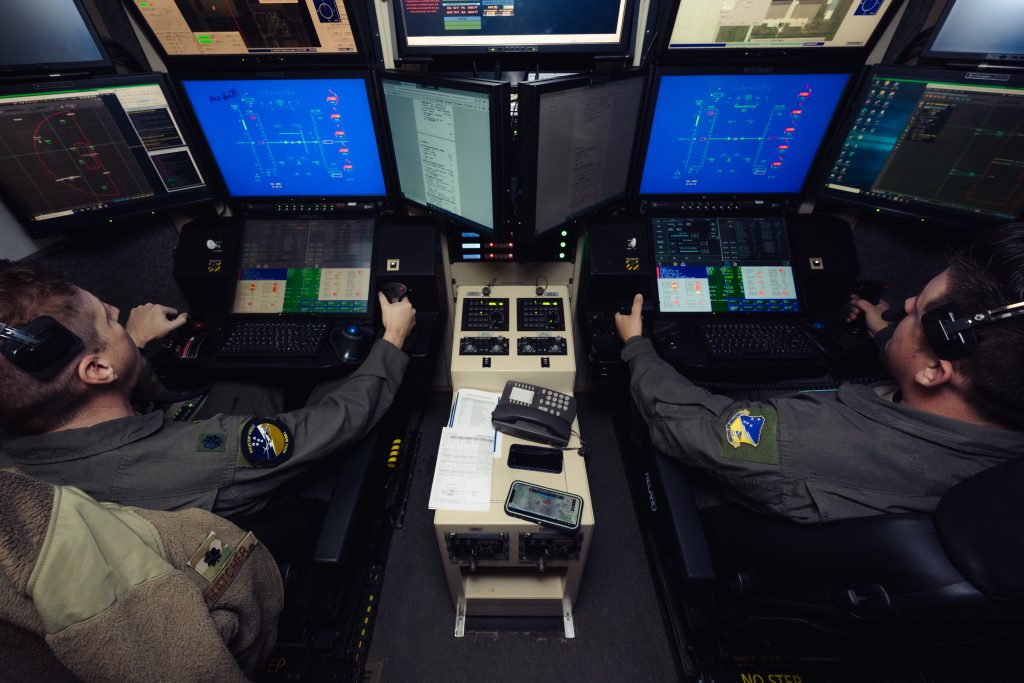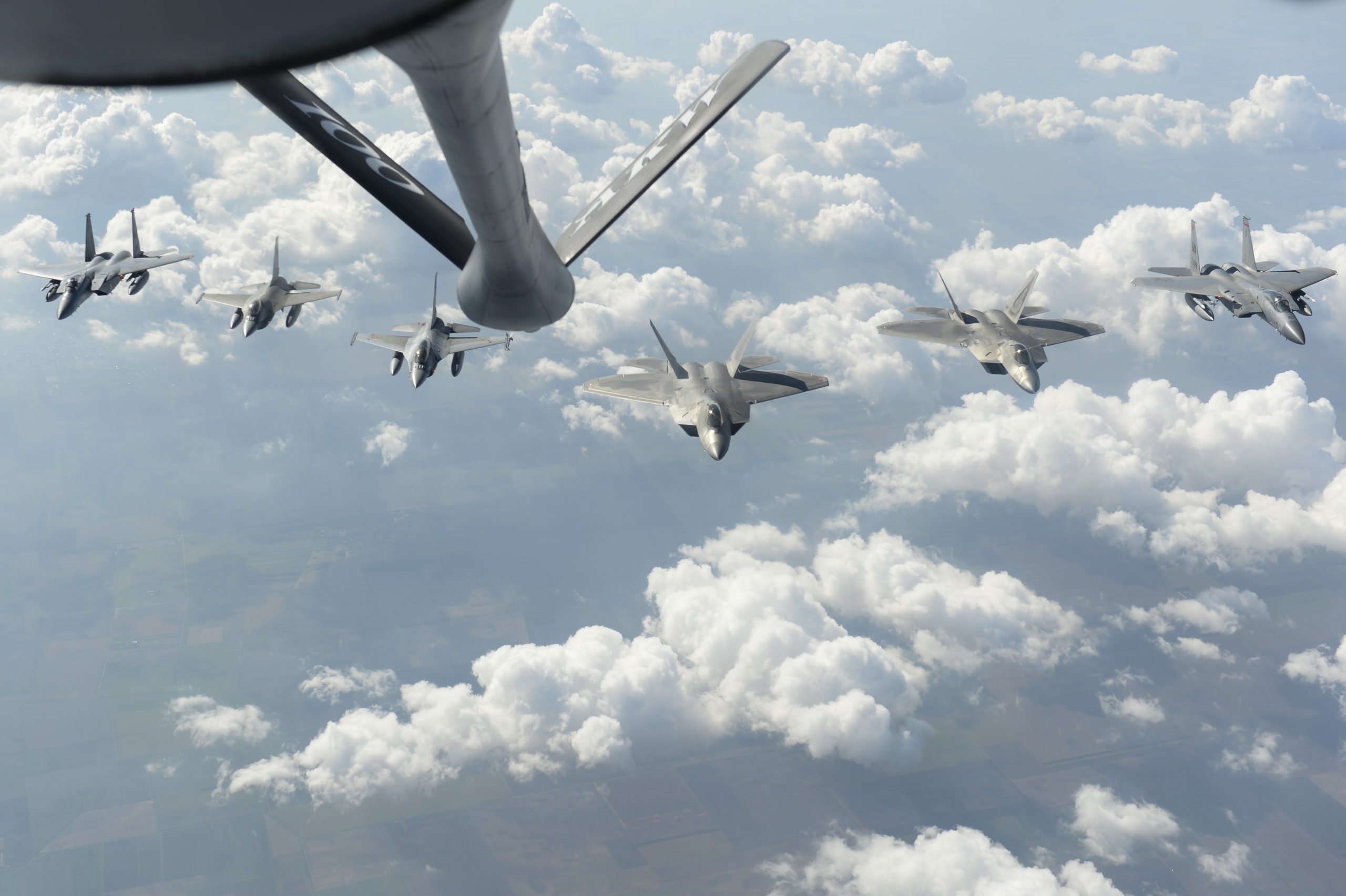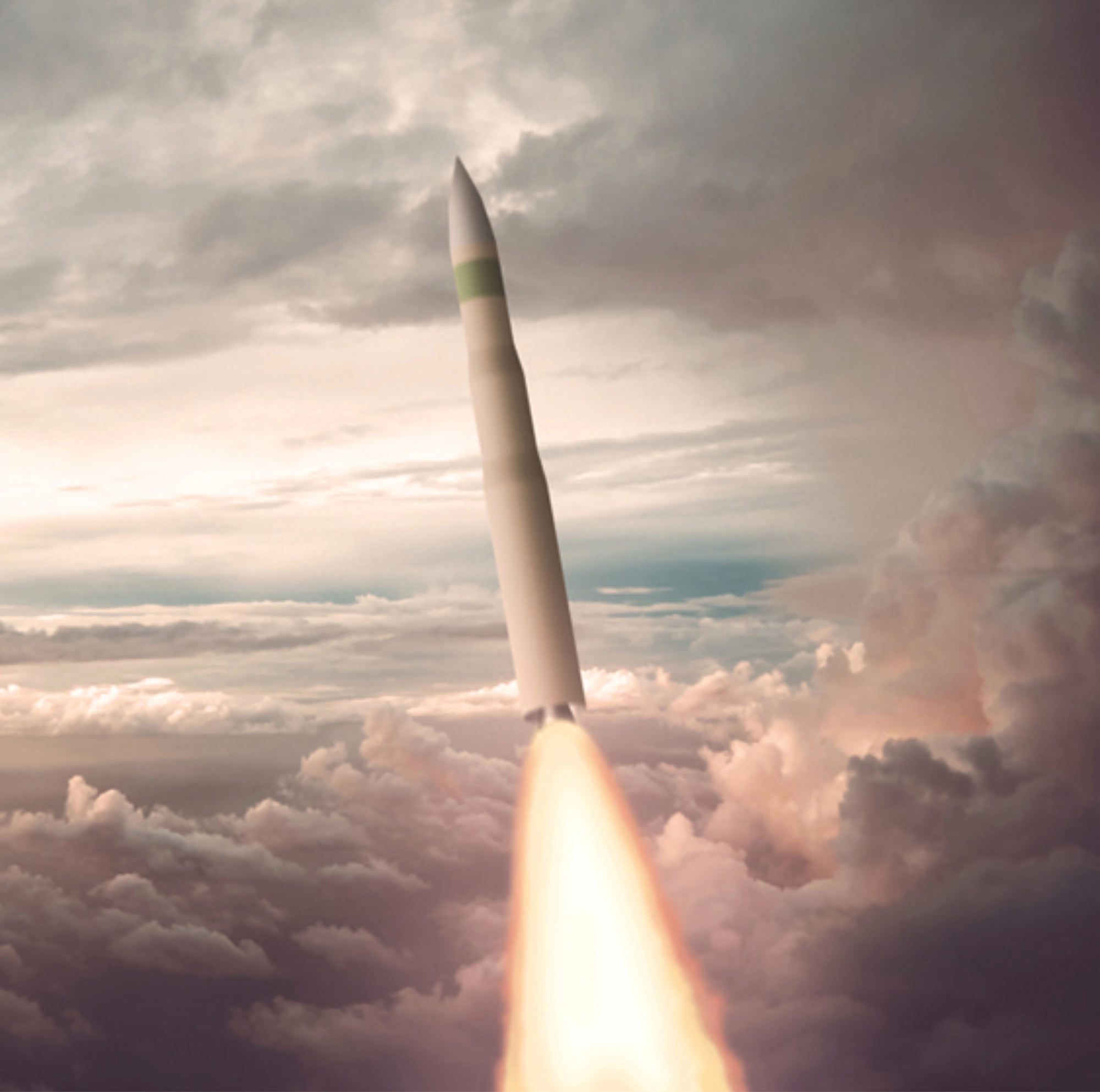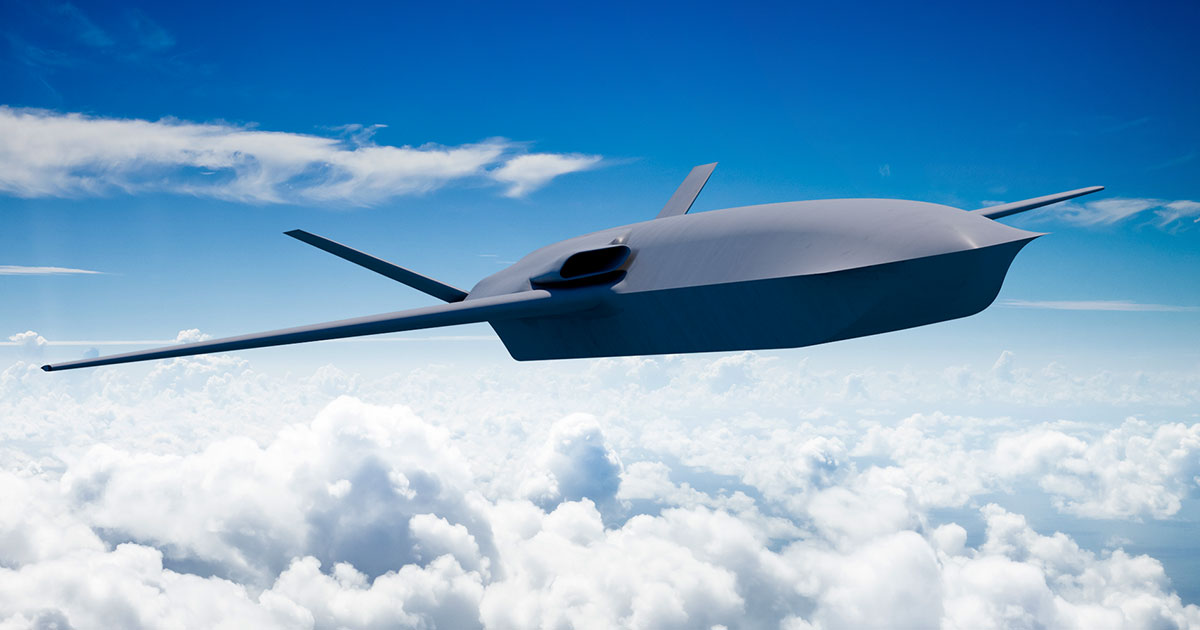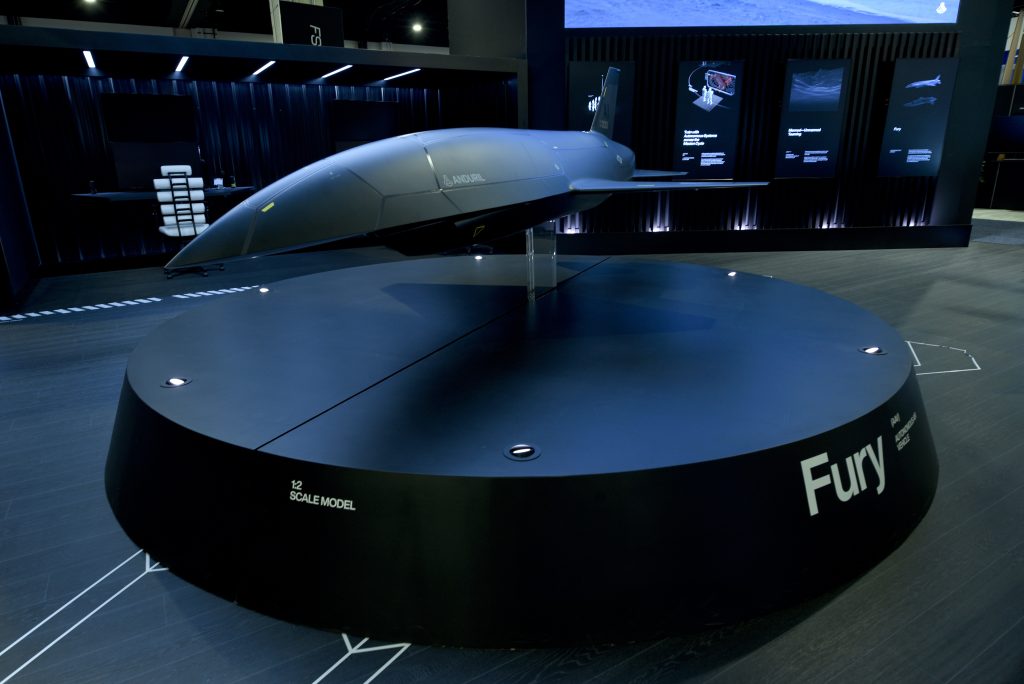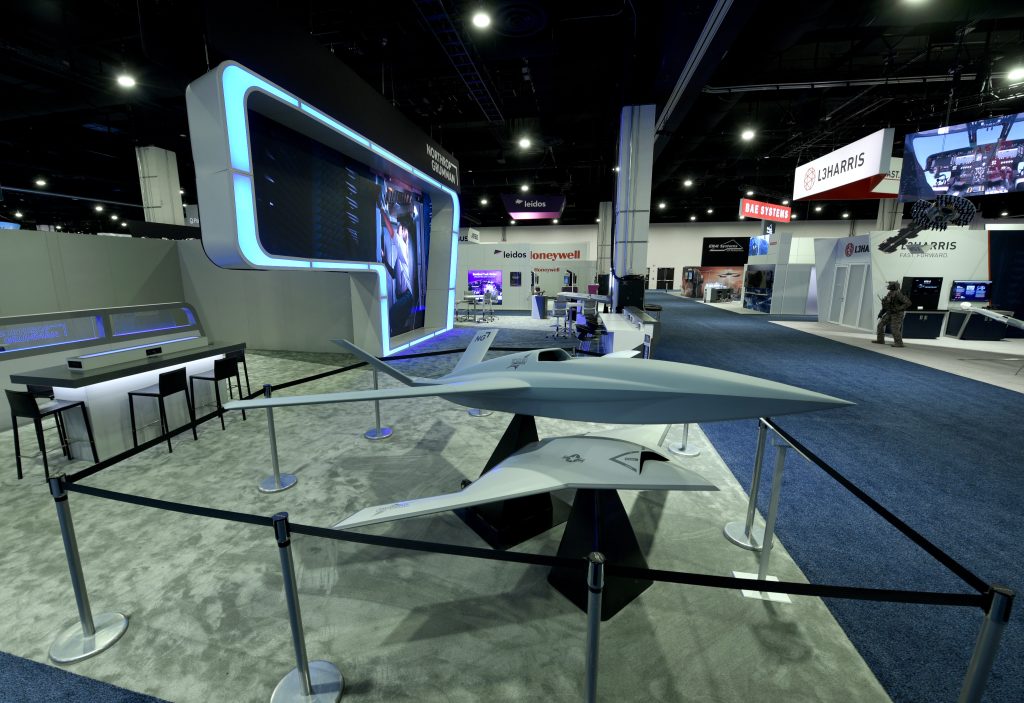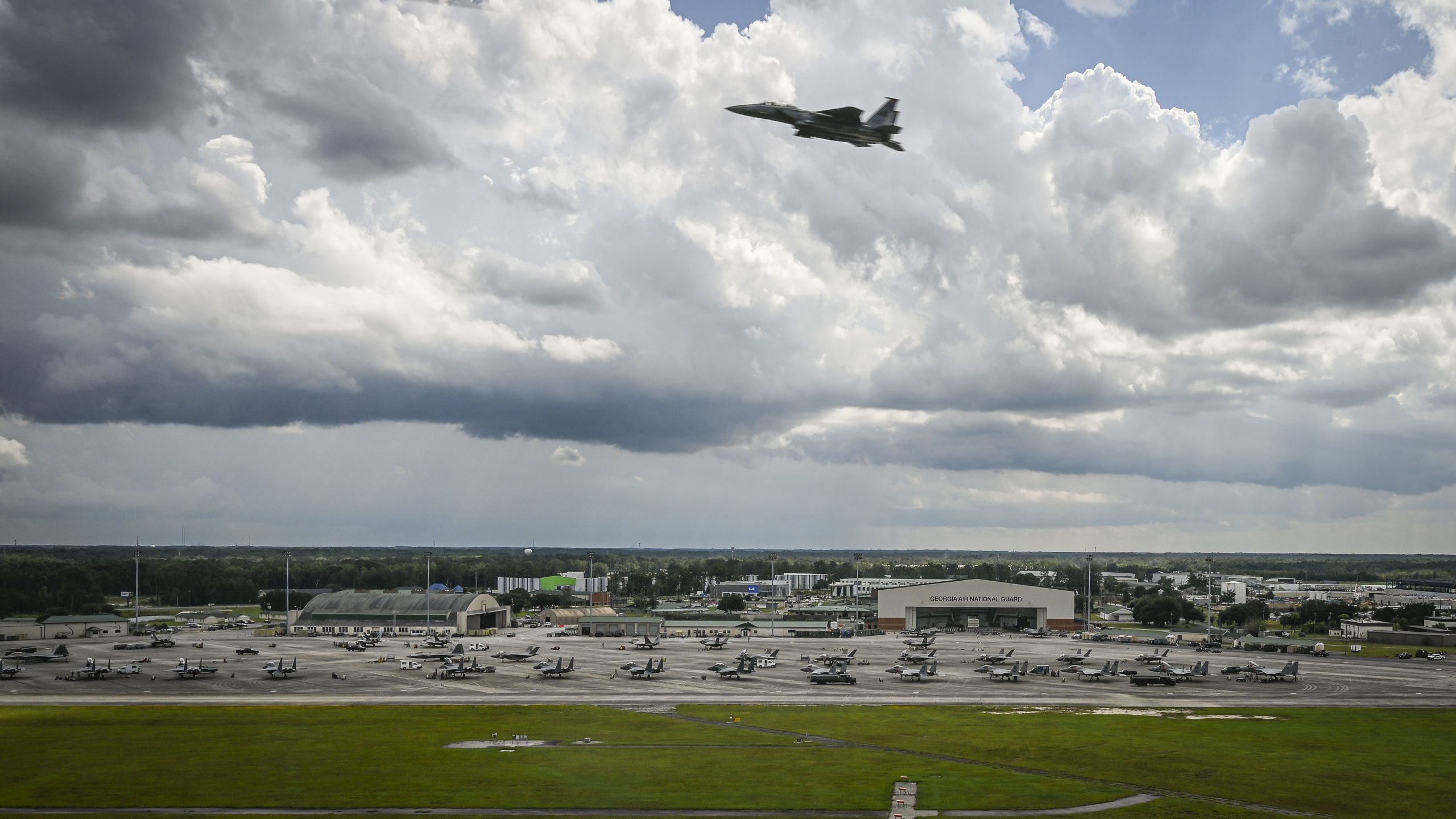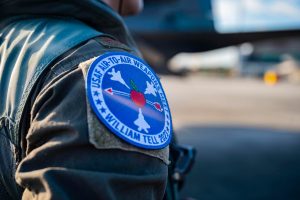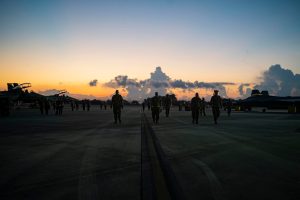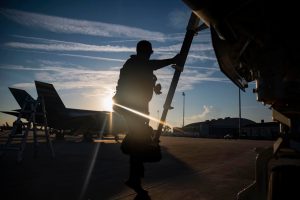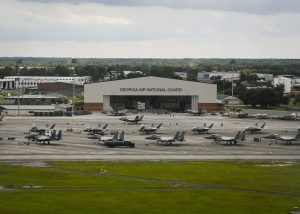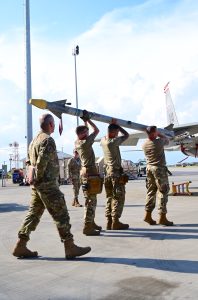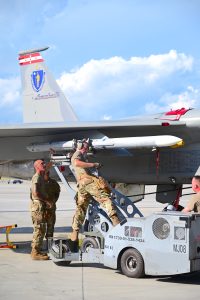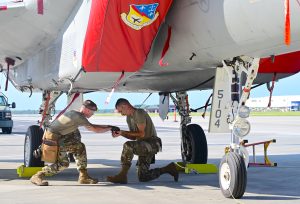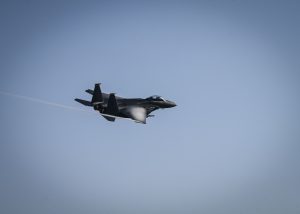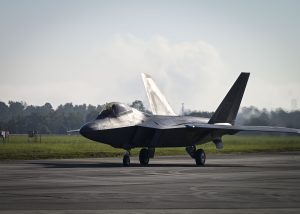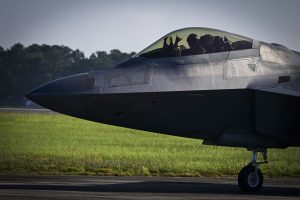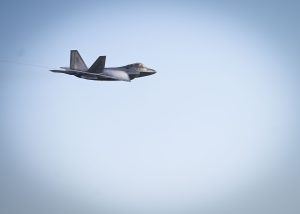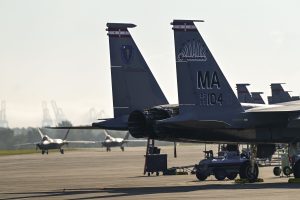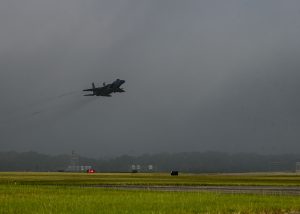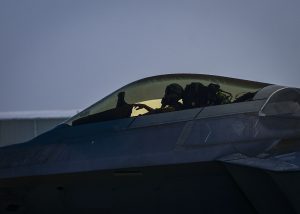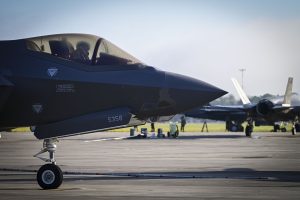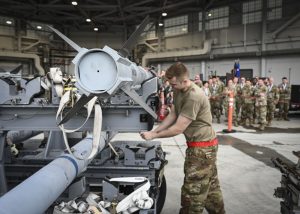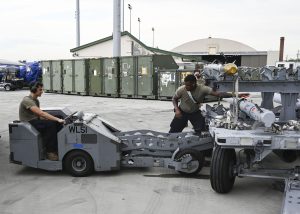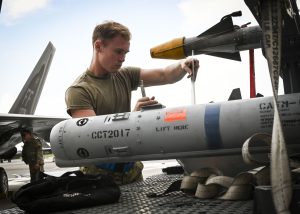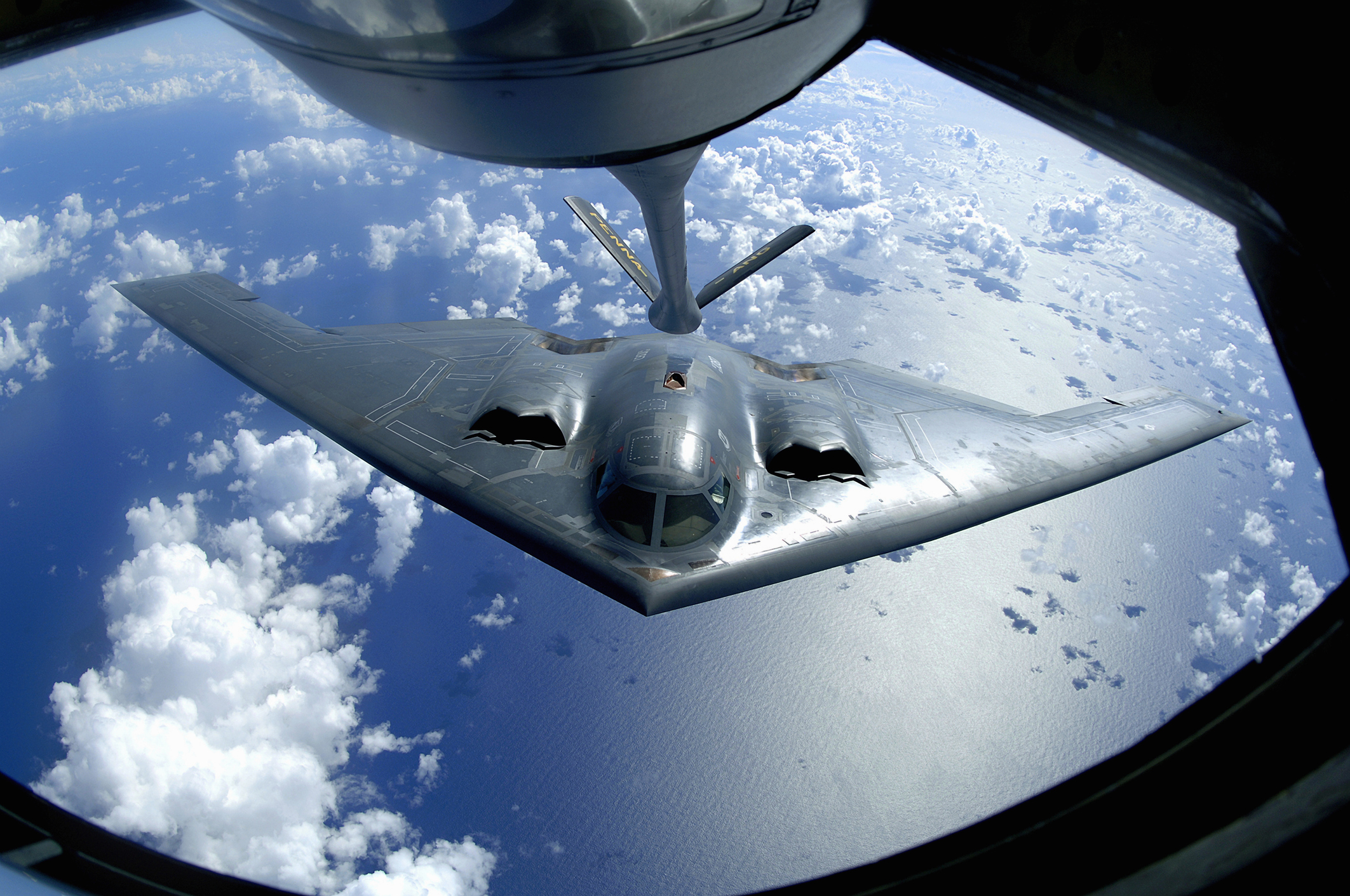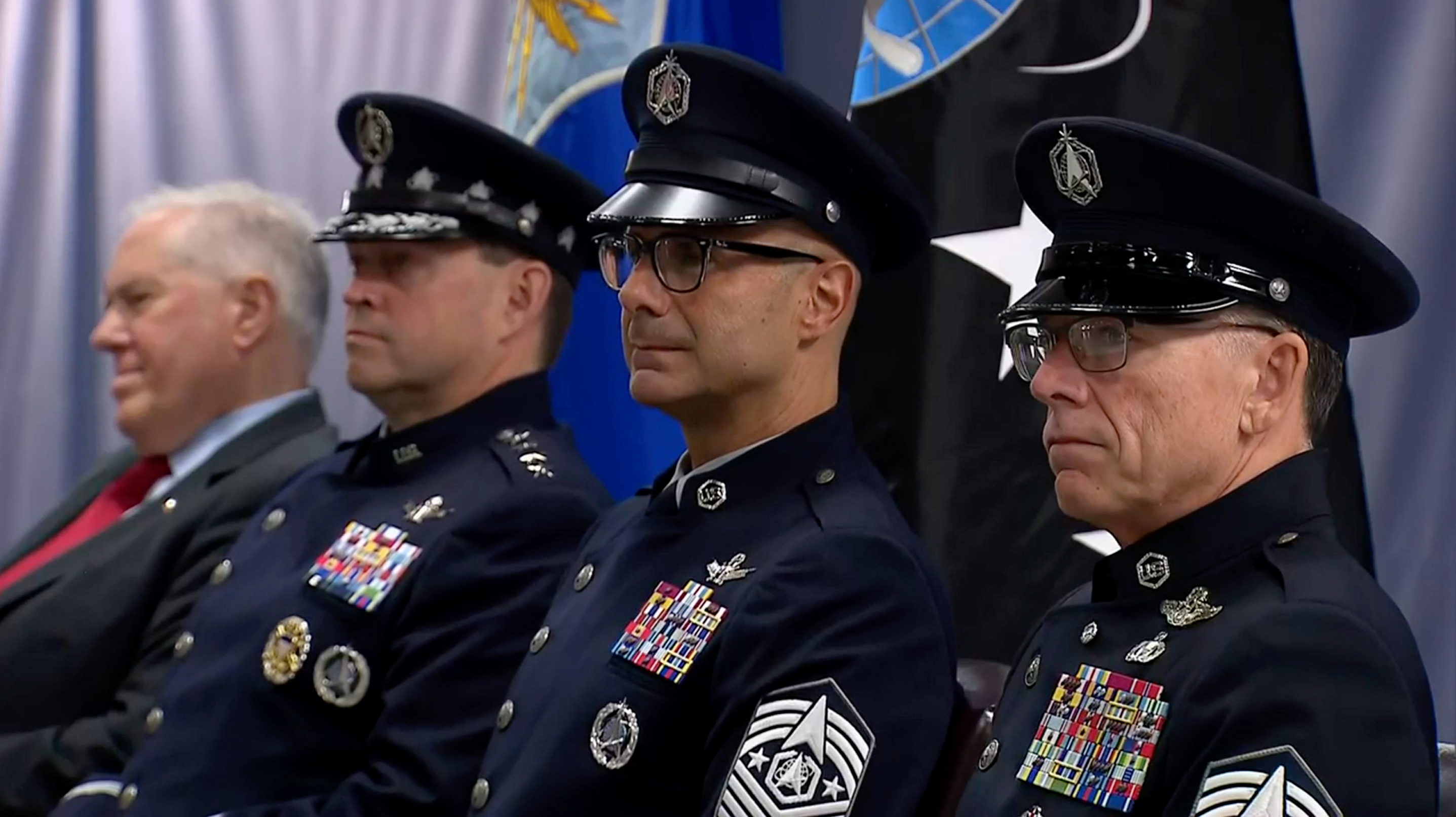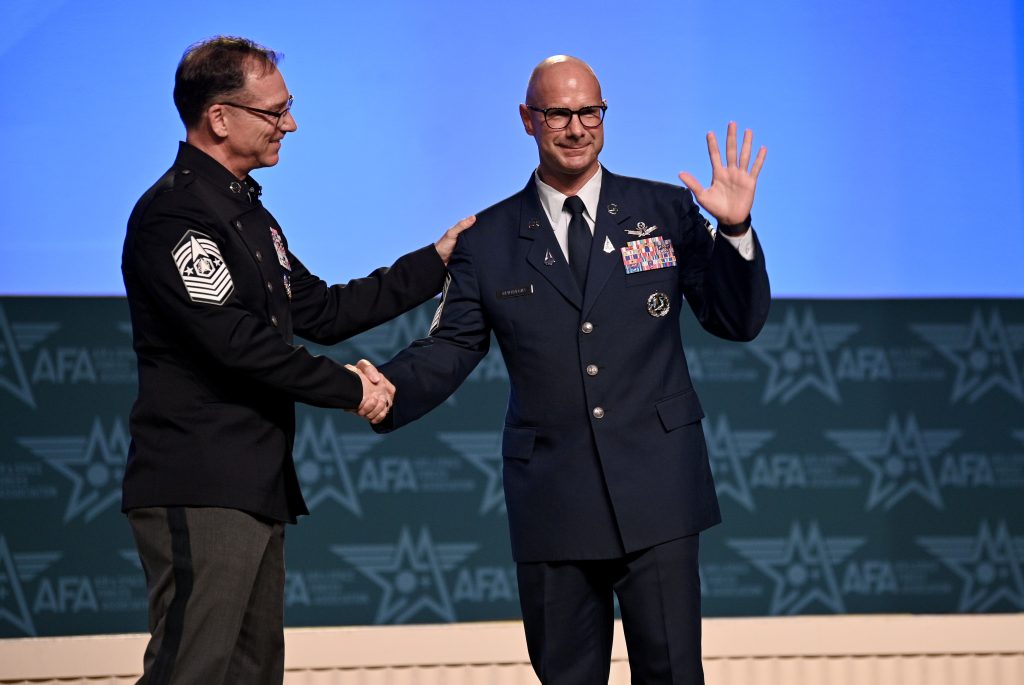In the major “re-optimization” review of the Air Force ordered by Secretary Frank Kendall earlier this month, speed of acquisition will take top priority, superseding cost and performance as secondary factors, service acquisition chief Andrew Hunter told reporters last week at AFA’s Air, Space & Cyber conference.
Kendall’s sweeping review—requiring major commands and other organizations within the Department of the Air Force to submit an action plan by Jan. 1—directs reorganization along five lines of effort: overall organization, equipage, personnel, readiness, and “supporting the force.”
Asked how restructuring the “equipage” enterprise will differ from run-of-the-mill acquisition reform—a longtime cottage industry in Washington—Hunter said the directive reflects the urgency of responding to the accelerating threat from China.
“Where one lays the priority in acquisition reform has shifted over time,” Hunter said. “Between the three different priorities of acquisition—the acquisition system cost, schedule, performance—sometimes the priority that takes center stage shifts, and that’s been true of the acquisition reform debate.”
Where once the priority was on controlling costs—to the detriment of speed—it has shifted to getting new gear fielded rapidly to deter China, he said.
Speed, he said, “is absolutely foremost” among the priorities of schedule, cost, and performance, but he didn’t rank the other two factors in terms of their priority.
The term “acquisition reform” has become “kind of generic,” Hunter added, but in the context of Kendall’s reorganization, it is “incredibly focused” in the context of re-optimizing for competition with a near-peer threat like China.
“We know the capabilities that we have to maintain, develop … or recapture” in terms of “competitive advantage with the pacing threat.” He reiterated previous Air Force comments that China enjoys an edge in certain kinds of weapons and in spectrum warfare, and that USAF’s edge in many areas has eroded.
“We will be doing things that are directly tied to achieving those outcomes; organizationally, process, budgetarily, all of the above, very focused on those specific goals,” Hunter said of the review.
The guiding idea will be “the ability to deliver … integrated capabilities through a development pipeline,” he said.
That means “unity of effort starting from [science and technology], incorporating advances and commercial technology that are happening outside of DOD … through AFWERX and our AFWERX 3.0 initiative,” Hunter said.
There will also be efforts to ensure new capabilities fit within the Air Force’s overall architecture, “that there’s a home; a place for them to go, and then that they tie into our acquisition strategies and our program approaches that then deliver a field of capabilities and upgrade and sustain those capabilities over time,” Hunter added.
The acquisition system already does those things, but Hunter said the review will provide focus to ensure “as little friction—as little gap—as possible between stages of the development process.”
The goal is to accomplish normal acquisition processes “at pace and scale across different parts of the enterprise to deliver integrated capabilities and specific areas to stay ahead,” Hunter said. “There’s plenty of work for us to do to up our game in that area.”
In his keynote speech at the conference, Kendall emphasized that there is “no time to lose” in restructuring the service to be able to quickly pivot to new technologies and organizational structures, in order to keep China off balance and present it with cost-imposing demands.
He said the re-optimization review will conclude in January and immediately shift to “an analysis of alternatives to execution” of recommended changes.
Service officials said the review will likely not drive significant changes in the fiscal 2024 budget, but will provide a foundation for the fiscal 2025 request.
